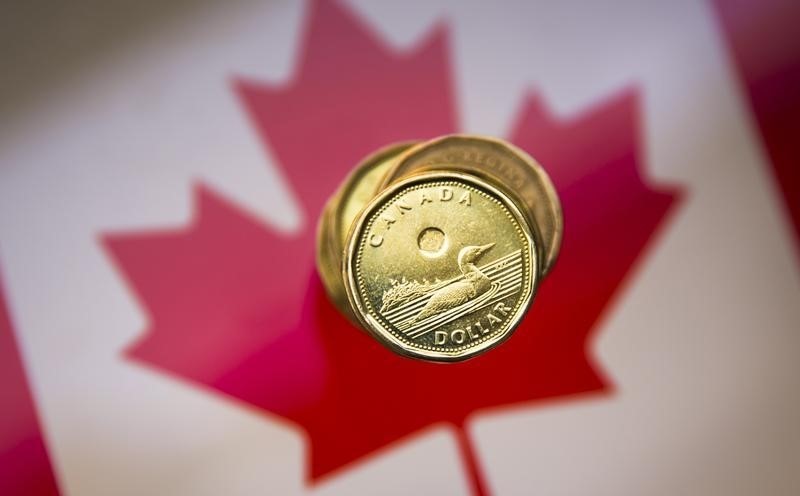Investing.com - The Canadian dollar struggled to make headway after touching a three-week high against its broadly weaker U.S. counterpart on Thursday, in spite of higher prices for oil, a major Canadian export.
USD/CAD was trading at 1.3294, almost unchanged for the day.
The pair’s strongest level of the session was 1.3314, while its weakest was 1.3255, the lowest level since December 14.
The U.S. dollar index, which measures the greenback’s strength against a trade-weighted basket of six major currencies, was down 0.46% at three-week lows of 102.03.
The greenback came under pressure after Wednesday’s minutes from the Federal Reserve’s December 13-14 meeting showed that officials noted “considerable uncertainty" over the policy direction of President-elect Donald Trump’s incoming administration.
Trump will take office on January 20 and has yet to outline his economic policies in detail.
The minutes also showed the recent appreciation in the U.S. dollar could lead to a slower pace of rate hikes.
The Fed noted that “a further strengthening in the dollar could lead to tighter financial conditions that restrain economic activity and inflation—a key downside risk.”
The loonie, as Canada's currency is also known, remained on the back foot even as oil prices climbed on optimism that an agreement between major producers to cut production will be effective in rebalancing the market.
Higher prices for oil, one of Canada's major exports, typically boost the Canadian dollar.
Meanwhile, official data showed that Canadian producer prices rose 0.3% in November from the previous month, boosted by higher prices for motorized and recreational vehicles and primary non-ferrous metal products.
Investors were looking ahead to Canada's trade report for November and the employment report for December, which are both scheduled for release on Friday.
